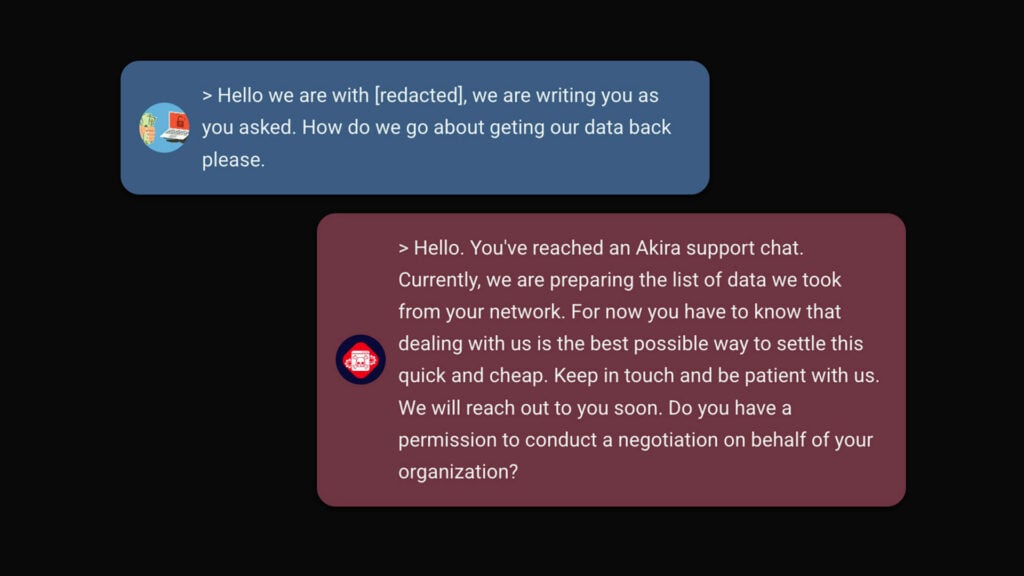Case
Saxo Bank: Microseconds Ensure Competitive Advantage
For the internet and investment bank Saxo Bank even microseconds can have consequences for a transaction, and this is why the data center is a cornerstone in the business. The growth of the Bank means that the speed and the amount of data that has to be managed by its IT network, is growing exponentially. […]

For the internet and investment bank Saxo Bank even microseconds can have consequences for a transaction, and this is why the data center is a cornerstone in the business.
The growth of the Bank means that the speed and the amount of data that has to be managed by its IT network, is growing exponentially. Because of this, Saxo Bank has replaced its network infrastructure with a new scalable network, which makes sure that the Bank’s online trading platform continues to be among the best in the world.
Saxo Bank is subject to huge growth of data. Concurrently with the success of the bank’s online trading platform, Saxo Bank envisaged a situation where the amount of data would strain the IT infrastructure and impair access to critical data. The bank reacted to this by entering into a partnership with Conscia who are specialists in data center solutions for financial institutions. In cooperation with Saxo Bank, Conscia retired the existing IT network and replaced it with a scalable architecture and a new bottom-up design. The bank can now handle extremely big data amounts quickly and securely, which is vital for a full blown internet bank such as Saxo Bank.
“The new setup means that today we can handle 250,000 price calculations per second where we receive prices from different providers. This fact makes it possible for us to put forth the best possible price for our clients. At the same time the scalability ensures that we are able to handle up to five times as many calculations if necessary,” says Kristian Gyldenvang, Head of Central IT Services at Saxo Bank.
Discontinued the Copper and Started From Scratch
Conscia undertook a thorough process of replacing Saxo Bank’s network, which was upgraded with a wide range of leading Cisco technologies covering routers, switches and firewalls. At the same time, Conscia replaced the existing copper cables with optical versions and made sure that every user from any Saxo Bank location was provided with the same secure access to business data. The new network means that Saxo Bank avoids situations where incidents in a critical data center will affect the online trading platforms, which are used every day by thousands of investors all over the world.
“Saxo Bank was faced with a unique challenge because of the extreme requirements to the business network – they simply can’t go offline, not even if an entirely new network is being implemented. It was an extensive project where we, in close cooperation with the onsite team, were able to develop a scalable solution that complied with all demands for stability, security and 24/7 services on the network,” says Conscia’s chief architect on the project, Claus Holbech.
650 Servers on the Freeway
As part of Saxo Bank’s new network architecture, the data centers had to be moved physically. This was partially done over a weekend in which 650 servers running the bank’s online trading platform were loaded onto euro pallets and transported by truck to a new secure data center outside of Copenhagen. On arrival of the servers, a carefully planned procedure was performed that ensured that the platform was up and running before the financial markets opened.
“The trading platform is the brain and foundation of Saxo Bank’s business model. When the technicians moved the 650 servers I was kept updated the entire time via constant text messages telling me that the servers were loaded onto pallets, that they were secured, driving on the freeway etc. The thought of the bank’s trading platform travelling on the freeway at 50 miles/hour was not entirely pleasant. But Conscia’s consultants had done their homework, and by Monday morning all of our 650 servers were installed in the new data center and running,” says Kristian Gyldenvang.
Flexible Security Zones enclose Critical Data in the Data Center
Saxo Bank’s previous network ensured that currency prices could be sent to other parts of the network. As the amount of data increased, data centers would emerge in which the primary server’s firewall would slow down the many thousand transmissions per second, which could affect the platform. As a response to this, Conscia’s consultants replaced the traditional firewalls with flexible security zones. This means that Saxo Bank is now capable of containing and automatically adapting to the volume of the many price updates that are used by investors and clients trading online. The security zones can contain errors if they occur and make sure that they don’t affect other parts of the network.
“The new system is much more error-tolerant. If an error occurs, we can isolate it in a separate security zone. Since our data center is fully mirrored this means that in practice an error doesn’t have any consequences for the IT operations,” says Kristian Gyldenvang.
Recognition from Financial IT Expert
To ensure flawless implementation of the project, Saxo Bank and Conscia developed a detailed plan, which entailed that several of Conscia’s technical experts were rented out to Saxo Bank. The bank also hired external IT expert David Lane whose job it was to quality-assure the project. David Lane comes from Etrading Software, a consulting company that specializes in IT solutions for financial businesses. After the completion of the project, David Lane made the following statement on the partnership:
“The Conscia team has been hugely professional in the design and implementation of the Saxo Data Center infrastructure. Additionally, the technical delivery team who managed the service migration to the new facilities showed a level of dedication and commitment I have not previously witnessed during similar exercises for other financial clients in Europe and North America.”
Conscia replaced Saxo Bank’s network infrastructure in the fall of 2012, and the project was completed as planned with the move of the data center on December 1st, 2012.
The Technical Solution in Brief:
- Redundant data center network based on Cisco Best Practices.
- MPLS-based data center core, security zones and advanced routing and firewalling across zones and data centers.
- End-to-end FCoE-support in the data center network and server load-balancing with RHI.
- WAN connections to offices, clients, financial partners and markets.
- Redundant internet with several internet providers and multicast support for the entire network.
- 802.1x on all locations globally, SSL VPN solution for users and partners with IP planning, monitoring and management of the network.
Do you have any questions?
Contact your nearest Conscia market – we’d love to talk to you and answer any questions you might have.
Related









